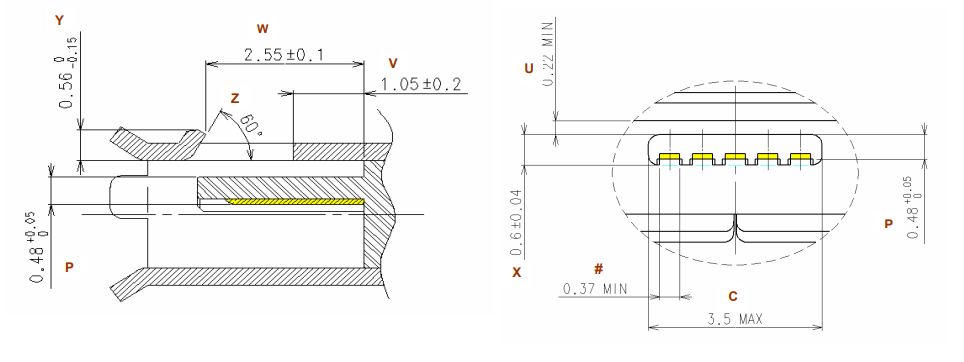The idea of this project is to make a business card, but a real one, a slim card that you can have in your wallet to show how cool are you, and play some games... wait, what?
Business card, so boring... why not use it for something more fun. This project is about making a PCB business card that can be used as a game controller.
Features of the project.
The project is a mixture between an Eagle project for the PCB and an Arduino project for the software part, that makes a business card that can be used also as a game controller hooked up to a PC.
The main inovation of this project is the use of a USB micro B PCB connector (free connector!). Using a PCB thickness of 0.6 mm (the thiner the card, the better for your wallet) and the USB PCB connector Eagle library, you can imitate the mid plate of a real USB micro B receptacle, so it can be used with the widely available USB to micro USB cable to connect the card to a PC.
Thanks to this connector you can use it as USB device, and if you add the use of the ArduinoJoystickLibrary you have the ingredients for a PCB gamepad.
In order to save even more money i decided to use capacitive touch buttons (free buttons!), using the PCB copper as base for the buttons and the change of capacitance of a copper pad with the closeness of a finger for detecting a press. It uses the Arduino ADCTouch library that uses a simple trick to detect a change in capacitance in an ADC input of the microcontroller that is connected to a copper plane.













Nice! Despite the project being few years old now I decided to test the USB-C connector layout! Surprisingly the only one USB-C on PCB footprint I could find in the internet was into this project!
And it works!
https://photos.app.goo.gl/G148WWNvTTXRbYiM6
https://photos.app.goo.gl/oFrkwgUg4DK5znFMA
Just a side note: The layout with tracks did not have CC1 and CC2 coming out from the USB, which are usually needed to be pulled down with R5.1K.
Also, maybe it is good idea to try PCB_USB_C_2.0DS_2 with smaller gap -0.1/0.2mm. Good news: It plugs well! However, the pcb can be slightly moved left-right when plugged.
In real world the only cables I had problem with were old USB-C cables I had used for years, otherwise is just fine. Will give a try to the data lines soon.
Update: While I got the USB-C working for power with some cables, it seems that it is too loose for data. Maybe it should be 0.7mm thick?